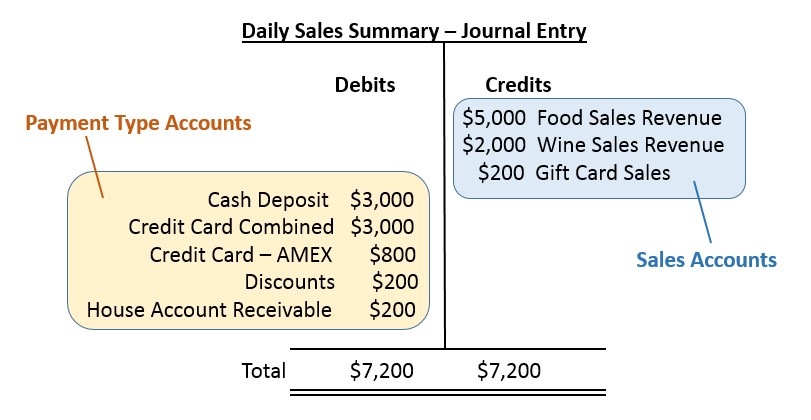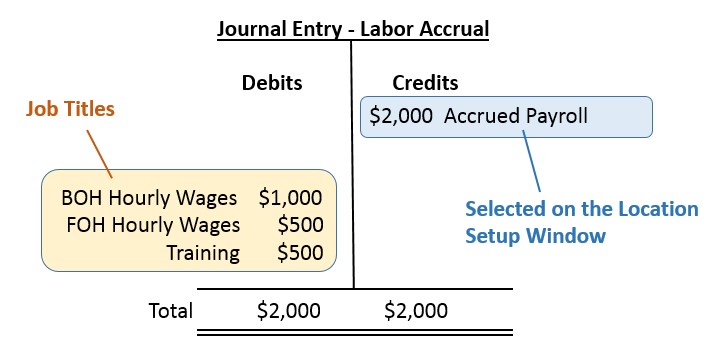Restaurant365 integrates with many POS systems. This article provides an overview of how integrating these systems allows data to flow freely between an organization’s POS system and the R365 platform. Learn more about POS Integration Settings.
POS Integration Types
R365 offers multiple types of POS Integrations. The Integrations available vary by POS. Refer to the table below to see which Integrations are offered by each POS.
Sales
The Sales Integration allows R365 to bring in Sales data from the POS, such as:
Menu items
Time of sale
Server
Tenders (cash, credit card, gift card, etc.)
Discounts
Coupons
Sales Tax
Paid Outs
Revenue Centers
The Sales data available varies by POS. Please contact your CSM or R365 Support for additional information on what Sales data is available for your POS.
Labor
The Labor Integration allows R365 to bring in Labor data from the POS, such as:
Employee
Clock in time
Clock out time
Job Code
Overtime
Pay Rate
R365 also integrates with some time and attendance systems. This allows R365 to poll Labor data when the POS is not used to track Employee punches. See the 'Labor Only' list below for these systems
The Labor data available varies by POS. Please contact your CSM or R365 Support for additional information on what Labor data is available for your POS.
POS Summary Integrations
POS Summary Integrations generate a Daily Sales Summary using summary data from the POS rather than individual sales ticket data. These integrations are designed primarily for accounting purposes, providing financial data without item-level or ticket-level detail. Instead, they focus on compiling data for a Daily Sales Journal Entry to support general ledger reporting and reconciliation. Operational insights, such as labor metrics or order-level details, are not included.
Intraday Polling
Intraday Polling allows current Sales and Labor data to be polled every 15, 30, or 60 minutes, depending on the capabilities of the POS. Learn more about Intraday Polling here.
Schedule Writeback
The Schedule Writeback Integration allows R365 to send Schedules that are created in R365 to the POS when the Schedule is published. Learn more about Schedule Writeback here.
Menu Item Modifier Management
The Menu Item Modifier Management Integration creates a clean way to ensure the accuracy of Recipes and actual usage of POS modifiers by creating Menu Items for modifiers that reference their parent Menu Item. Learn more about Menu Item Modifier Management.
Till Management
Till Management enables Users to view the tills that are currently open as well as enter in actual cash amounts and compare those to their expected cash on hand. These amounts are based on the transactions entered in the POS that are marked as paid in cash.
Revenue Center Split
Revenue Center Split enables businesses with distinct service areas — such as bars, dining rooms, or patios— to treat each area as a separate location in R365. This allows for more accurate reporting and improved sales tracking by isolating data by service area.
When enabled, R365 imports and processes sales data based on Revenue Center settings defined during configuration. Each selected Revenue Center is treated as its own reporting location within the system.
During polling, the system references the list of Revenue Centers configured to import. If a Revenue Center is not included in this list, its data is excluded from import.
This feature is designed to support any POS that includes Revenue center data in its files and is only available for Sales revenue splits.
System Requirements
If the POS system is cloud-based, there are no system requirements for the local device. Otherwise, the local device that is housing the integration must have at least .NET 4.6.1 and Internet Explorer 9+.
Setup
The POS Integration is governed by several settings in Restaurant365. These settings reside on various screens.
The following articles detail the screens where POS Integration Settings can be accessed and updated as needed:
Frequency
Integrations can be configured to run automatically each night, on-demand at the end of the day by one of the store managers, or intraday depending on the POS capabilities.
Daily Sales Summary Journal Entry
The integration creates a transaction in Restaurant365 called a Daily Sales Summary (DSS) for each day and each restaurant location. Part of the Daily Sales Summary transaction is a Journal Entry transaction that records the revenue, tenders, and discounts from the sales tickets in the POS system.
Restaurant365 maps the sales and receipt details from the POS system to General Ledger accounts using Sales Accounts and Payment Type Accounts (in Restaurant365). The Sales Accounts determine the credit side of the entry. Payment Type Accounts determine the debit side of the entry.
Journal Entry to Accrue for Hourly Labor
The integration creates a Journal Entry in Restaurant365 that accrues the labor expenses from time entries in the POS system.
R365 maps the time entry details from the POS system to General Ledger accounts using Job Titles (in R365). Job Titles determine the debit side of the accrual. The credit account (or liability) is set on the Location record.
POS Summary Integrations
POS Summary Integrations generate a Daily Sales Summary using summary data from the POS rather than individual sales ticket data. These integrations are designed primarily for accounting purposes, providing financial data without item-level or ticket-level detail. Instead, they focus on compiling data for a Daily Sales Journal Entry to support general ledger reporting and reconciliation. Operational insights, such as labor metrics or order-level details, are not included.


